Fitting pants is arguably one of the more intimidating aspects of sewing for yourself. But don’t worry, we’re here to help! In this post we’ll cover some of the more common fit issues we ran into during testing, and give you the fixes so that you can feel as confident in your items as possible!
Inseam Adjustments
We already include a lot of information in the tutorial on adjusting for your shorter or longer inseam, but I wanted to briefly mention a few things in this post. First, the inseam is a tough measurement to take yourself. I highly recommend having someone help you if you can! If not, try taping the measuring tape to the bottom of your foot and then bringing it up, rather than trying to measure from the crotch down to the floor. Second, you don’t want to remove (or add) all of the length in one place. When you’re inseam is shorter (or longer) than what we draft for (32″), that difference is going to be spread throughout your leg. This is one reason we don’t include a single shorten/lengthen line on our patterns. Finally, where you need to add or remove length may not be the exact same place that someone else needs to add or remove length. It might take a few tries, but eventually you will figure out exactly where you need to make the adjustments for your body type. Our Women’s Bailey pattern includes a marking for knee placement, so you can utilize that to help you make your decision as well!
Crotch Adjustments
Crotch is Too Long
If the crotch length is too long for you, you’ll find that you have drag lines going from the crotch down toward the thigh, as shown below.
To fix this problem, you simply need to shorten the length of the crotch, like this:
Crotch is Too Short
It makes sense that when the crotch is too long, it causes drag lines facing downward, that if the crotch is too short, you will notice drag lines going upward toward the waistband.
To fix this issue, you’d simply add a little to the crotch seam, as shown below:
Full Tummy Adjustment
We’re all built differently, and that means that not everyone fits into the standards we draft from. This adjustment just means that your waist measurement is more situated to the front than what we draft for. With this fit issue, you’ll find drag lines going from the center of the tummy toward the outer leg seams.
You’ll find that this is actually another easy fix! First you will simply cut across your pattern at the full hip. Then, you’ll pivot from the outer leg seam so that you add a wedge along the front rise. Then you simply trace your new pieces, smoothing out any rough edges that may have been created by adding the wedge!
These are the most common fit issues for pants that we see in our testing and Facebook Group. Have any more questions about fitting? Don’t be afraid to ask us in our Facebook Group! As we see the same fit issues continue to arise, we’ll continue to update this post with the appropriate adjustments. Hope you found this helpful! We can’t wait to see what you make!


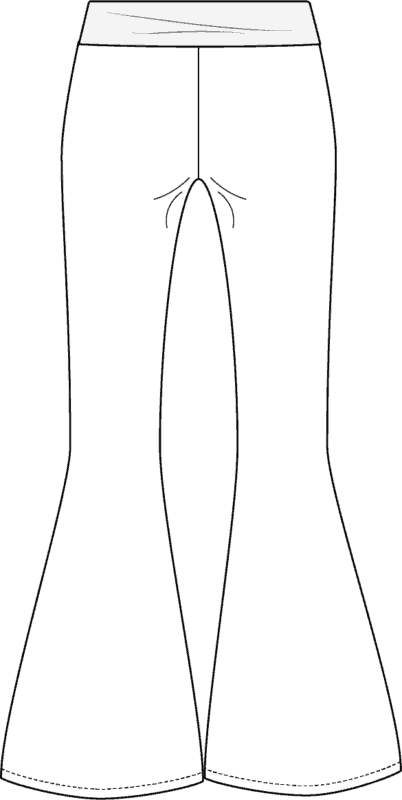
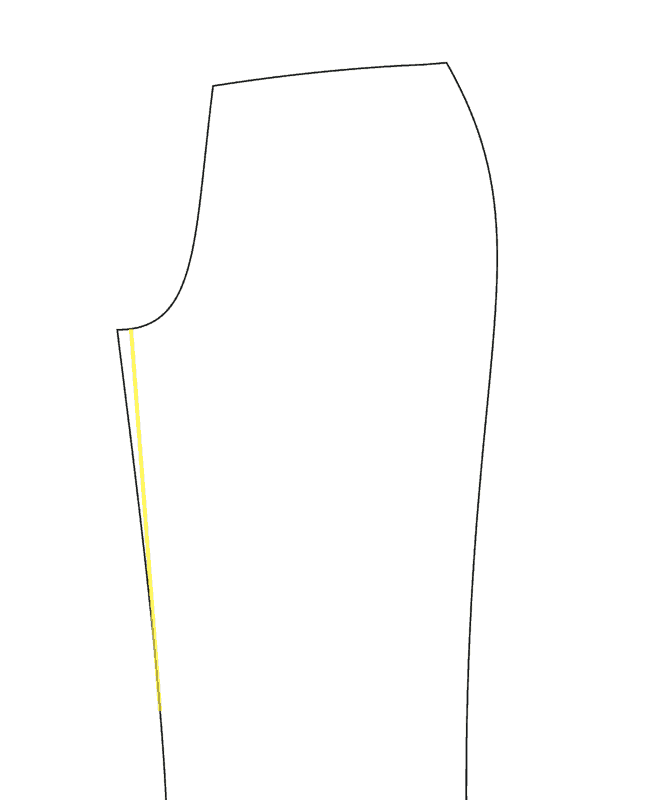
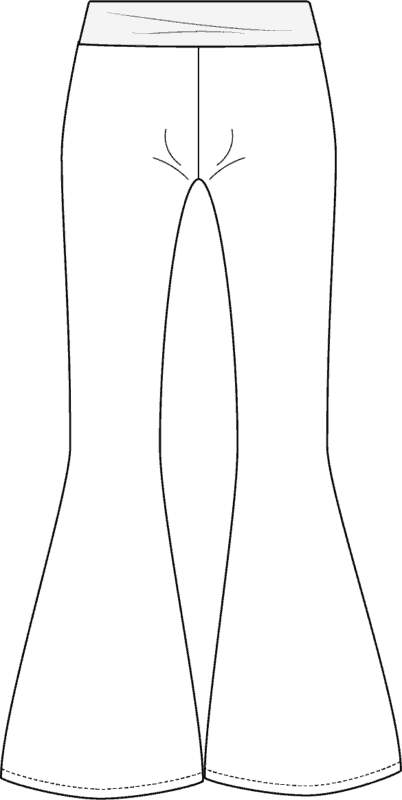
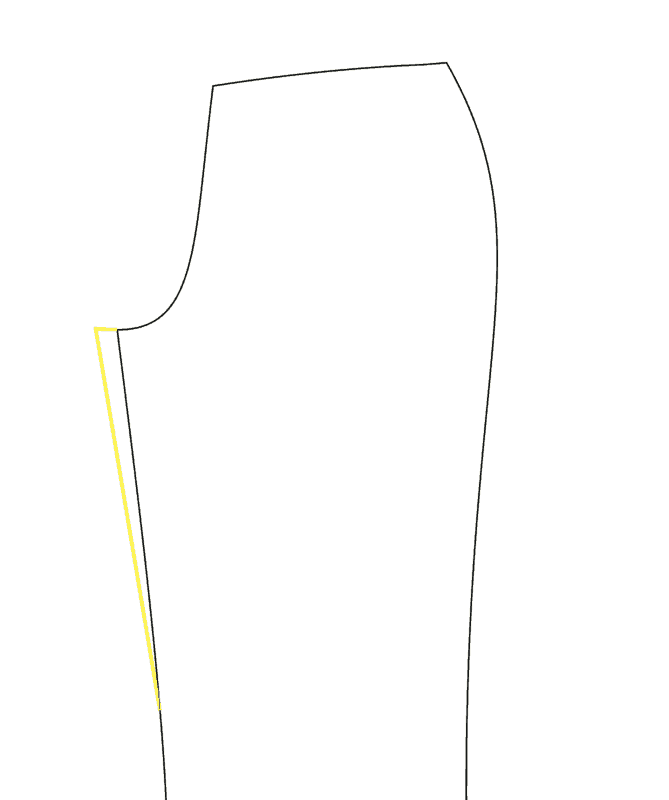
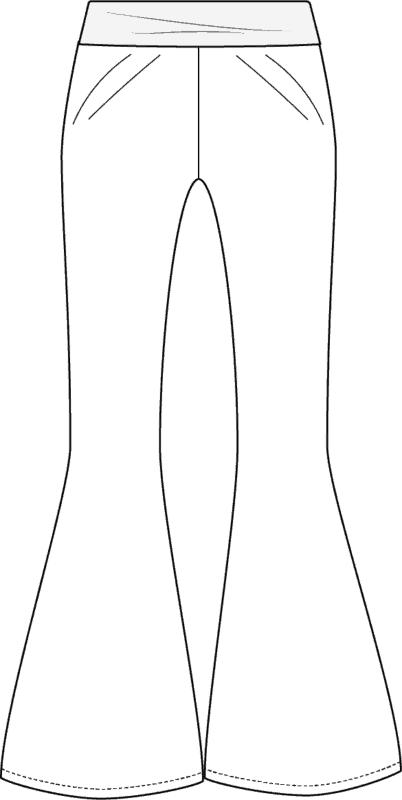
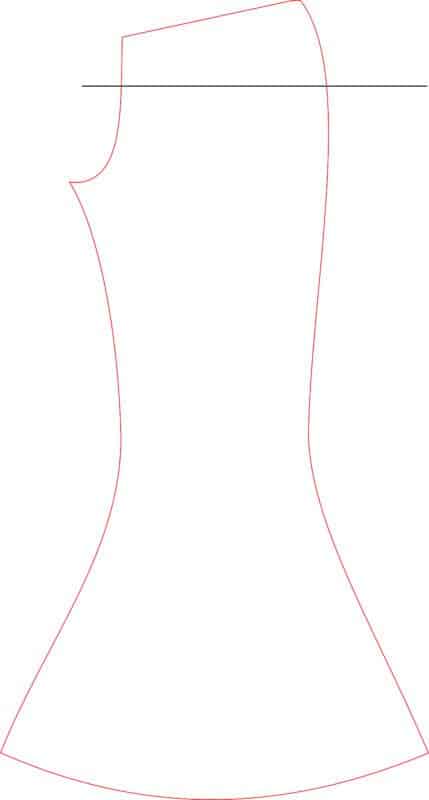
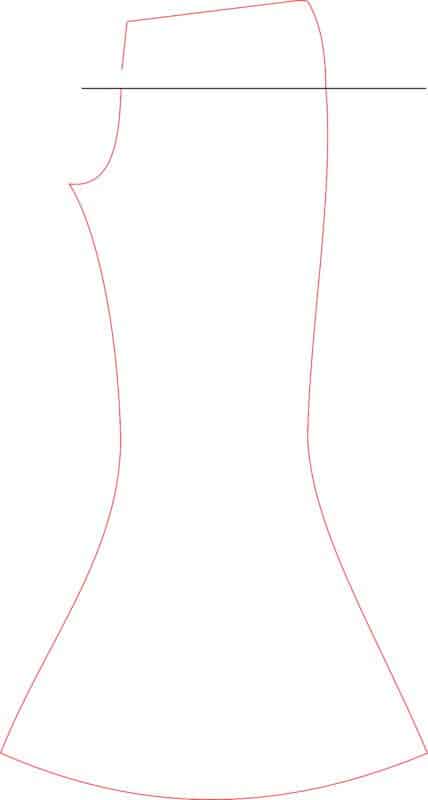
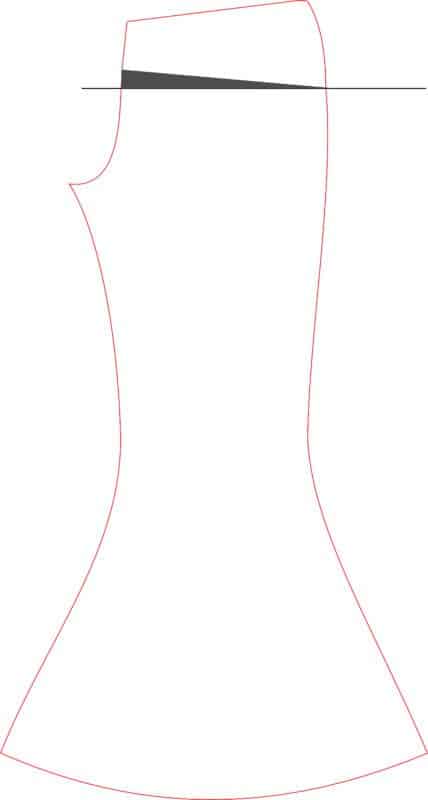
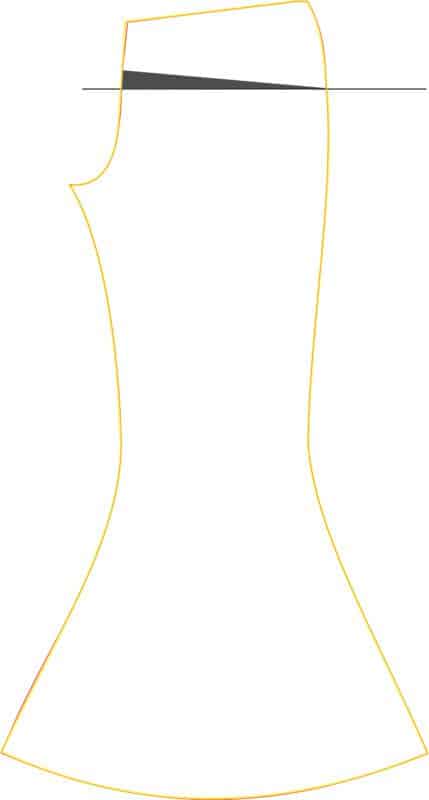
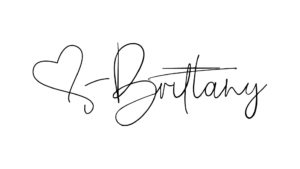
Leave a Reply